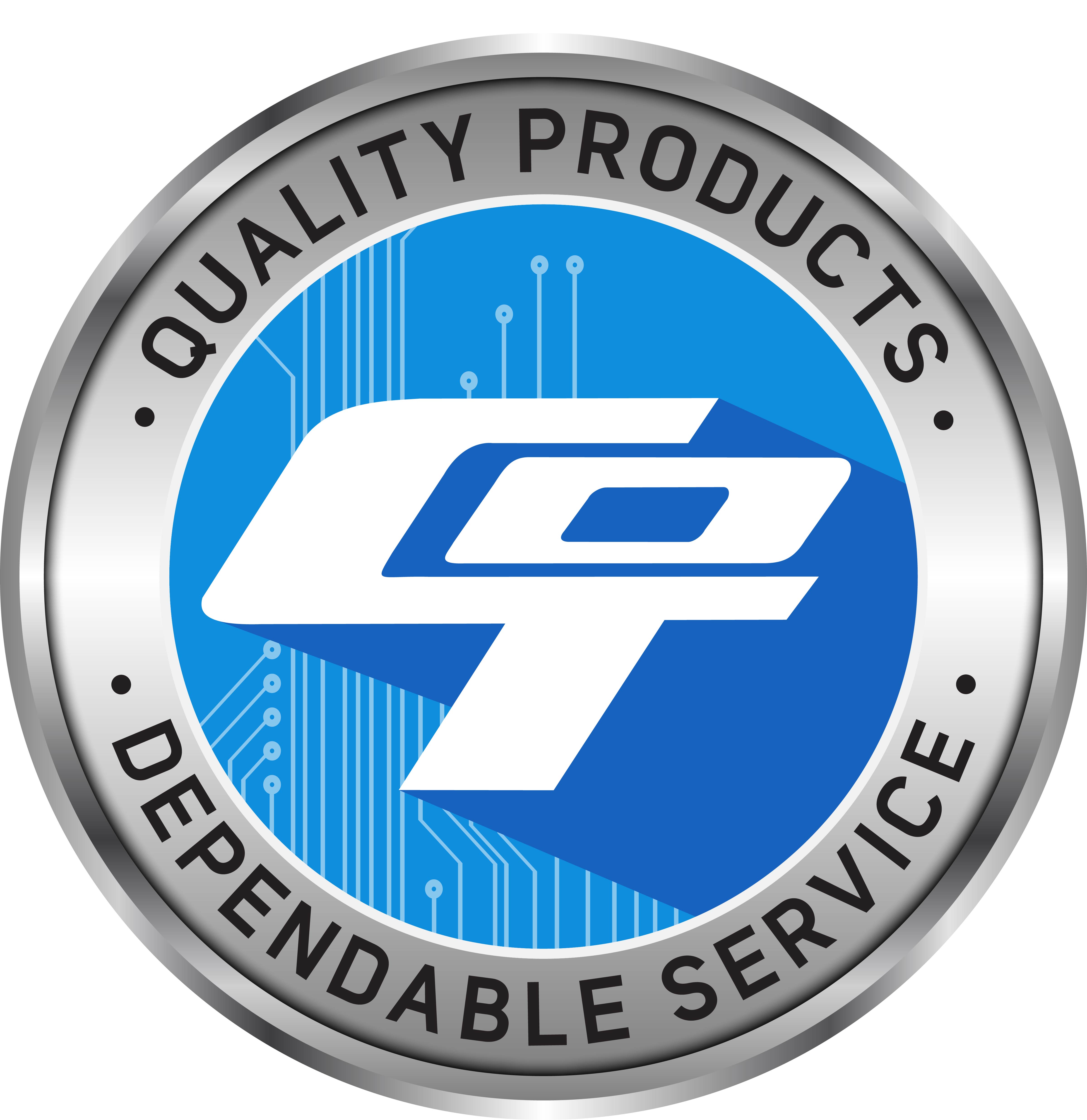Technical Library | 2010-03-23 11:50:22.0
This document discuss how to design SMT stencil base on IPC-7525. Introduction: PCBA (Printed Circuit Board Assembly) is a segment of printed circuit board technology. This segment of printed circuit board industry is concentrated in assemble all the pieces of electronic industry to one piece before output them to market. This segment covers: interconnection technology, package design technology, system integration technology, board and system test technology
Technical Library | 2015-06-30 22:02:41.0
This paper describes the losses from defects at the placement process in the SMT line. Two case studies of European and Taiwanese SMT manufacturers illustrate the actual losses from their defects. An evaluation method to select a pre-reflow AOI system maximizing the return on investment (ROI) is introduced. In the end, ROIs of three commercial pre-reflow AOI systems are compared to demonstrate the importance of selecting an appropriate AOI system. This paper will increase the probability that anyone installing an AOI system during the pre-reflow process will obtain a successful gain with short payback period.
Technical Library | 2013-12-05 17:09:03.0
The functionality of electronic devices continues to increase at an extraordinary rate. Simultaneously consumers are expecting even more and in ever smaller packages. One enabler for shrinking electronics has been the flexible circuit board that allows the circuit board to fit a wide variety of shapes. Flexible printed circuits (FPC) have the capability to be very thin and can have unpackaged components directly attached using surface mount technology (SMT) and flip chip on flex technologies. Bare die can also be thinned and attached very close to the circuit board. However one caveat of high density flexible circuit boards with thin die is that they can be very fragile. The use of back side films and underfill can protect the die making circuits more robust. For underfill to work well it requires good adhesion to the circuit board which can mean that flux residues under the die normally must be removed prior to underfilling.
Technical Library | 2017-09-07 13:56:11.0
As a surface finish for PCBs, Electroless Nickel/Electroless Palladium/Immersion Gold (ENEPIG) was selected over Electroless Nickel/Immersion Gold (ENIG) for CMOS image sensor applications with both surface mount technology (SMT) and gold ball bonding processes in mind based on the research available on-line. Challenges in the wire bonding process on ENEPIG with regards to bondability and other plating related issues are summarized.
Technical Library | 2024-06-23 22:03:59.0
The melting temperatures of most lead-free solder alloys are somewhat higher than that of eutectic Sn/Pb solder, and many of the alloys tend to wet typical contact pads less readily. This tends to narrow down the fluxing and mass reflow process windows for assembly onto typical organic substrates and may enhance requirements on placement accuracy. Flip chip assembly here poses some unique challenges. The small dimensions provide for particular sensitivities to wetting and solder joint collapse, and underfilling does not reduce the demands on the intermetallic bond strength. Rather, the need to underfill lead to additional concerns in terms of underfill process control and reliability. Relatively little can here be learned from work on regular SMT components, BGAs or CSPs.
Technical Library | 2018-09-26 20:33:26.0
Bottom terminated components, or BTCs, have been rapidly incorporated into PCB designs because of their low cost, small footprint and overall reliability. The combination of leadless terminations with underside ground/thermal pads have presented a multitude of challenges to PCB assemblers, including tilting, poor solder fillet formation, difficult inspection and – most notably – center pad voiding. Voids in large SMT solder joints can be difficult to predict and control due to the variety of input variables that can influence their formation. Solder paste chemistries, PCB final finishes, and reflow profiles and atmospheres have all been scrutinized, and their effects well documented. Additionally, many of the published center pad voiding studies have focused on optimizing center pad footprint and stencil aperture designs. This study focuses on I/O pad stencil modifications rather than center pad modifications. It shows a no-cost, easily implemented I/O design guideline that can be deployed to consistently and repeatedly reduce void formation on BTC-style packages.
Technical Library | 2007-11-15 15:54:44.0
At the contractor level once a product is required to be soldered with lead-free solders all the processes must be assessed as to insure the same quality a customer has been accustomed to with a Sn63Pb37 process is achieved. The reflow, wave soldering and hand assembly processes must all be optimized carefully to insure good joint formation as per the appropriate class of electronics with new solder alloys and often new fluxes.
| 1 |

COT specializes in high quality SMT nozzles and consumables for pick and place machines. We provide special engineering design service of custom nozzles for those unique and odd components.
2481 Hilton Drive
Gainesville, GA USA
Phone: (770) 538-0411